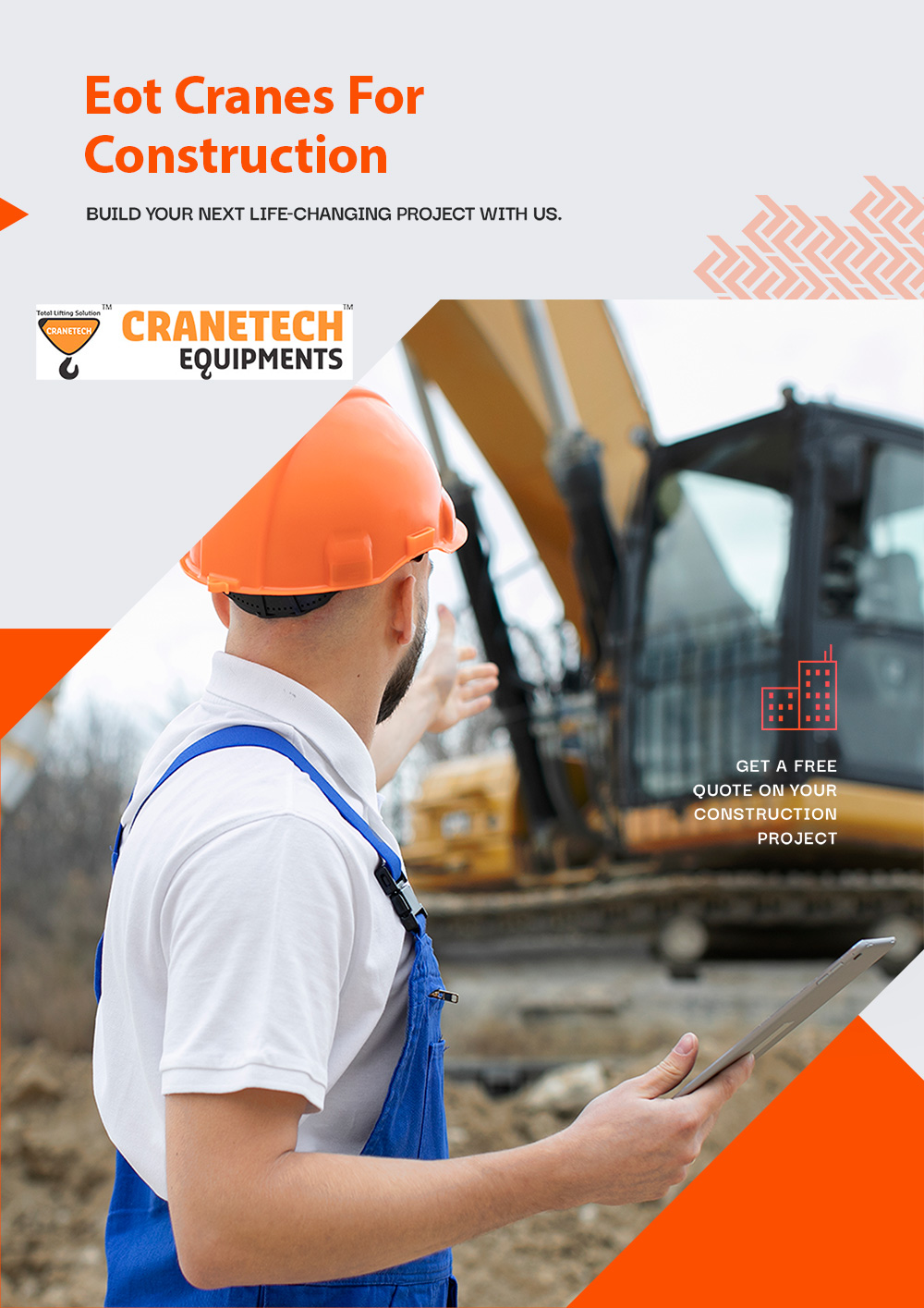
We pride happiness in being known as a leading manufacturer of cranes designed exclusively for building projects. With a steadfast commitment to quality, innovation, and customer satisfaction, we strive to provide unparalleled solutions to meet the diverse needs of the construction industry.
When it comes to construction projects, cranes play a pivotal role in lifting and moving heavy materials and equipment. With various types of cranes available, each designed for specific purposes, it's crucial to understand their differences and applications to ensure smooth and efficient operations on the construction site. In this guide, we'll explore different types of cranes commonly used in construction and their unique features.
Tower cranes are a common sight on large-scale construction sites, known for their towering height and ability to lift heavy loads to great heights. These cranes are fixed to the ground during construction and often feature a horizontal jib with a lifting hook that can be raised or lowered. Tower cranes are ideal for lifting materials and equipment to tall structures, such as skyscrapers and high-rise buildings.
As the name suggests, mobile cranes are versatile and can be easily transported from one location to another. These cranes are mounted on trucks or crawlers, allowing them to move around the construction site efficiently. Mobile cranes come in various configurations, including hydraulic cranes, rough-terrain cranes, and all-terrain cranes, each offering different lifting capacities and reach capabilities.
Overhead cranes, also known as bridge cranes, are commonly used in industrial settings and large warehouses. These cranes are typically mounted on tracks that run along the ceiling, allowing them to move horizontally and vertically to lift and transport heavy loads within the facility. Overhead cranes are highly efficient for lifting and moving materials over long distances with precision.
Gantry cranes are similar to overhead cranes but are freestanding structures supported by legs or wheels. These cranes are often used in shipyards, construction sites, and manufacturing facilities for loading and unloading heavy cargo. Gantry cranes offer flexibility in terms of movement and can be easily relocated as needed, making them suitable for various applications.
Crawler cranes are equipped with tracks or crawlers instead of wheels, providing stability and mobility on uneven terrain. These cranes are capable of lifting extremely heavy loads and are commonly used in infrastructure projects, such as bridge construction and heavy-duty lifting operations. Crawler cranes are known for their robustness and versatility in challenging environments.